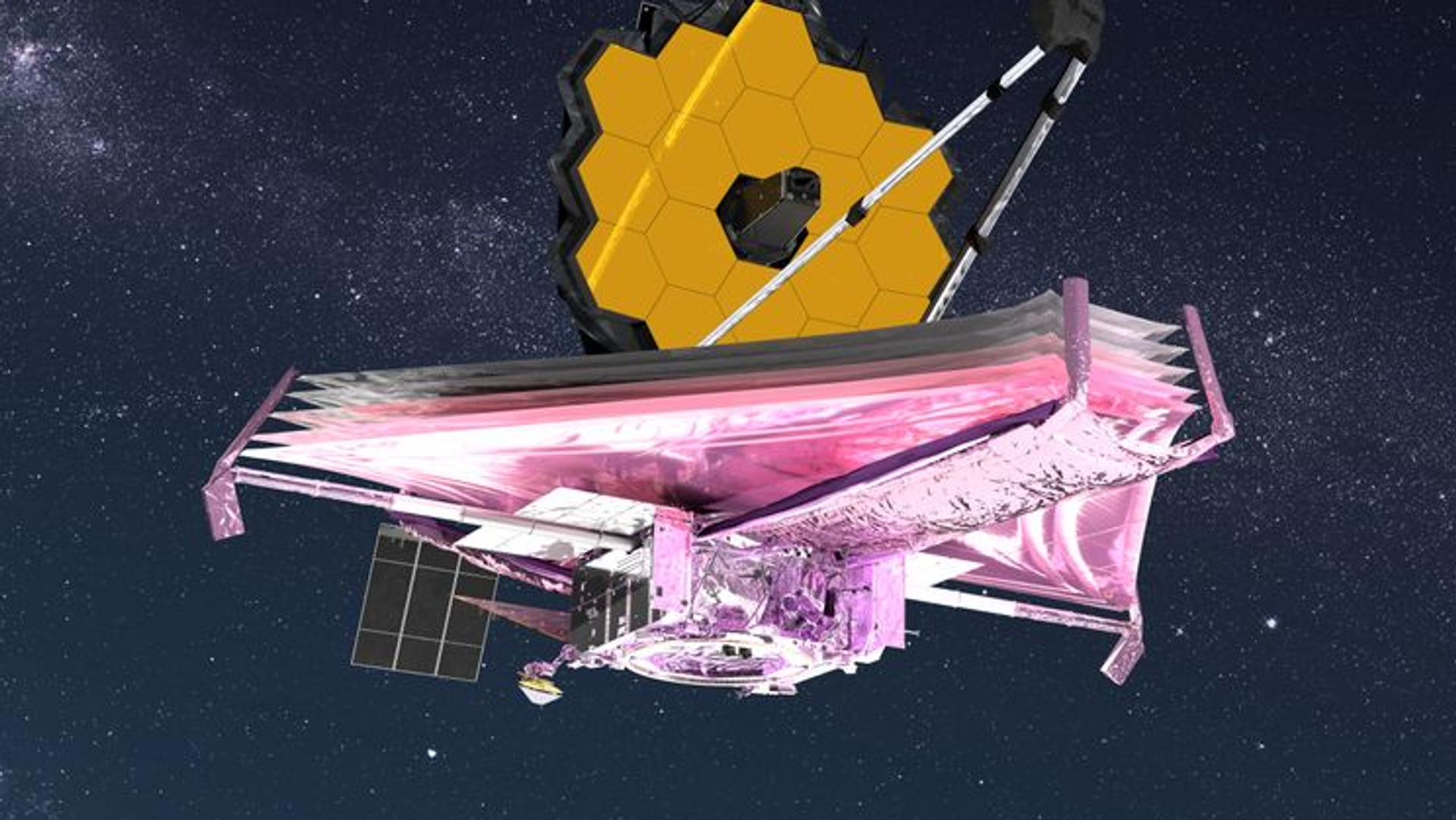https://sputnikglobe.com/20230415/images-of-distant-galaxies-may-challenge-existing-cosmological-model-1109552628.html
Images of Distant Galaxies May Challenge Existing Cosmological Model
Images of Distant Galaxies May Challenge Existing Cosmological Model
Sputnik International
Images of distant galaxies procured via NASA’s James Webb Space Telescope may challenge our understanding of cosmology, says Mike Boylan-Kolchin, associate professor of astronomy at the University of Texas at Austin.
2023-04-15T13:46+0000
2023-04-15T13:46+0000
2023-04-15T13:46+0000
science & tech
james webb space telescope
galaxies
observations
https://cdn1.img.sputnikglobe.com/img/07e6/01/04/1092025504_0:91:744:510_1920x0_80_0_0_dab27cd7b746f1d40475c2dc24d4b99d.png
In a recent study of his, the researcher points out that the most massive galaxy candidates featured in JWST observations appear to be “at the very edge” of the number and stellar mass density limits set by the existing Lambda cold dark matter cosmological model. In layman’s terms, the galaxies, which are estimated to be seen by astronomers about 500-700 million years after the Big Bang, appear to be much more massive than they should be if the aforementioned cosmological model is correct.“If the masses are right, then we are in uncharted territory,” Boylan-Kolchin said as quoted in a press release by the UT.The press release does point out, however, that the galaxies’ parameters are merely “initial estimates” that should be confirmed via spectroscopy, and that these galaxies may turn out to be smaller than originally anticipated.
Sputnik International
feedback@sputniknews.com
+74956456601
MIA „Rossiya Segodnya“
2023
News
en_EN
Sputnik International
feedback@sputniknews.com
+74956456601
MIA „Rossiya Segodnya“
Sputnik International
feedback@sputniknews.com
+74956456601
MIA „Rossiya Segodnya“
james webb space telescope, cosmological models
james webb space telescope, cosmological models
Images of Distant Galaxies May Challenge Existing Cosmological Model
Images of distant galaxies procured via NASA’s James Webb Space Telescope may challenge our understanding of cosmology, says Mike Boylan-Kolchin, associate professor of astronomy at the University of Texas at Austin.
In a recent study of his, the researcher points out that the most massive galaxy candidates featured in JWST observations appear to be “at the very edge” of the number and stellar mass density limits set by the existing Lambda cold dark matter cosmological model.
In layman’s terms, the galaxies, which are estimated to be seen by astronomers about 500-700 million years after the Big Bang, appear to be much more massive than they should be if the aforementioned cosmological model is correct.
“If the masses are right, then we are in uncharted territory,” Boylan-Kolchin said as quoted in a press release by the UT.
“We’ll require something very new about galaxy formation or a modification to cosmology,” he added. “One of the most extreme possibilities is that the universe was expanding faster shortly after the Big Bang than we predict, which might require new forces and particles.”
The press release does point out, however, that the galaxies’ parameters are merely “initial estimates” that should be confirmed via spectroscopy, and that these galaxies may turn out to be smaller than originally anticipated.

